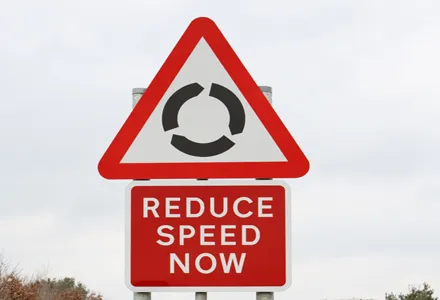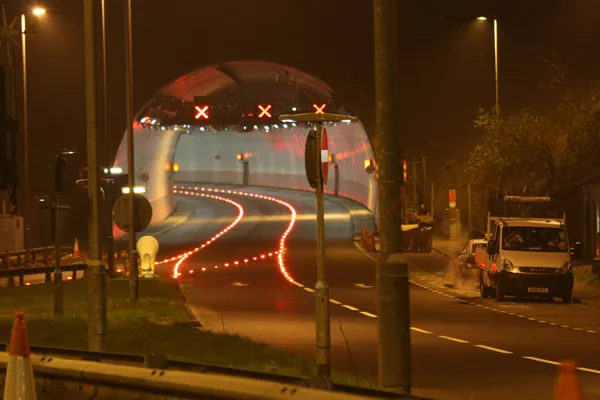
Low-cost road safety improvements done during routine highway maintenance helped reduce fatal and serious crashes on one of the UK’s highest risk roads, according to a new report.
The 9km of the A404 single-lane road between the towns of High Wycombe and Great Missenden, just west of London, had 12 fatal and serious crashes in the period 2007-09.
This was drastically reduced to only 1 in the period 2010-12, thanks to improved road signs and markings as well as resurfacing, according to the latest report from the
A major speed limit review in the county resulted in the speed limit be reduced from around 65kph (40mph) to 48kph (30mph) on two short sections through the town of Amersham.
Temporary vehicle activated signs warned drivers of the changed speed limits. Also, a package of maintenance measures were carried out and the route was resurfaced which included cats eyes. All traffic island bollards were replaced with reflective bollards and night street lighting patrols were introduced with all street lighting columns, illuminated signs and bollards inspected during the evening and repaired.
Of other roads examined in the report, a 20km stretch of the M6 motorway in the West Midlands reduced its fatal and serious crashes by 77%, from 26 to six, aided by improved road markings and signing.
There was a recorded 73% reduction along a 24km section of the A1079 single-lane road in North Yorkshire. Fatal and serious accidents dropped from 30 during 2007-09 to eight in 2010-12. Improvements included better road markings and signage, drainage upgrades and junction improvements including changing from a single to a dual carriageway at busy junctions allowing for less risky turning.
“Authorities commonly report that many of the most effective improvements have not,
surprisingly, been carried out specifically to improve road safety,” said James Bradford, engineering manager for the Road Safety Foundation.
“Fatal and serious crashes have been reduced by 80% on 15 stretches of UK roads, which saw 237 people killed and seriously injured in the three years before the action was taken but 52 after,” he said. “The annual economic saving of these interventions is £25 million [US$39 million] or £110,000/km [$172,110/km].”
David Skinner, sales director of road signage and technology company Rennicks UK, said the message is that dramatic results that can be achieved with simple methods. “The vast majority of routes which have improved most in terms of accident statistics have been subject to upgrades on signage and road markings,” he said. “It shows that by taking relatively inexpensive measures, authorities could significantly enhance safety.”








